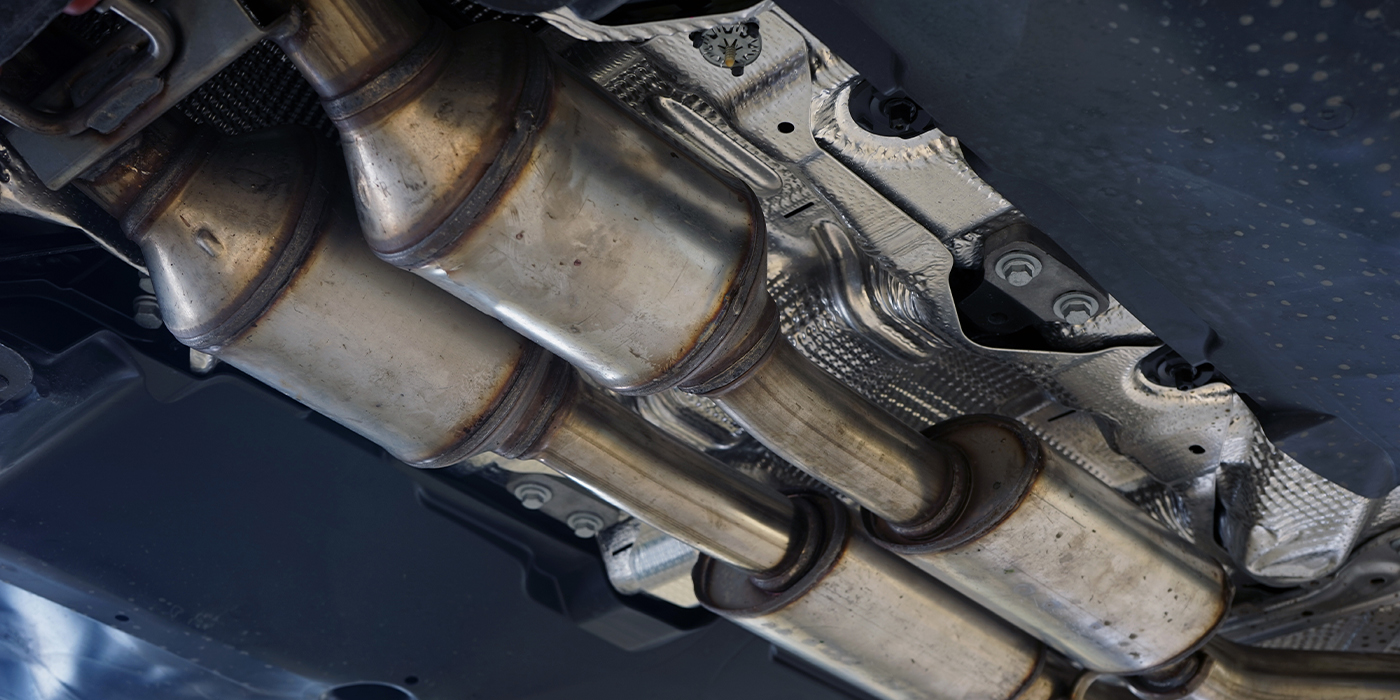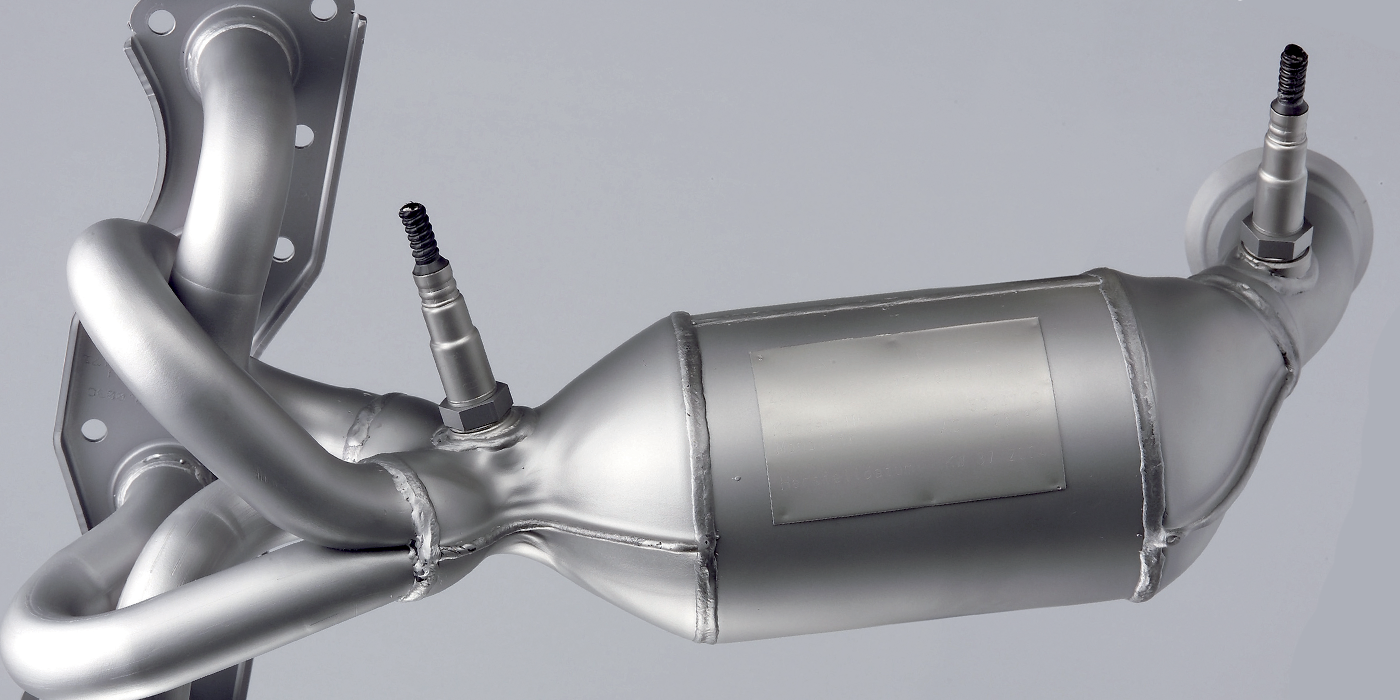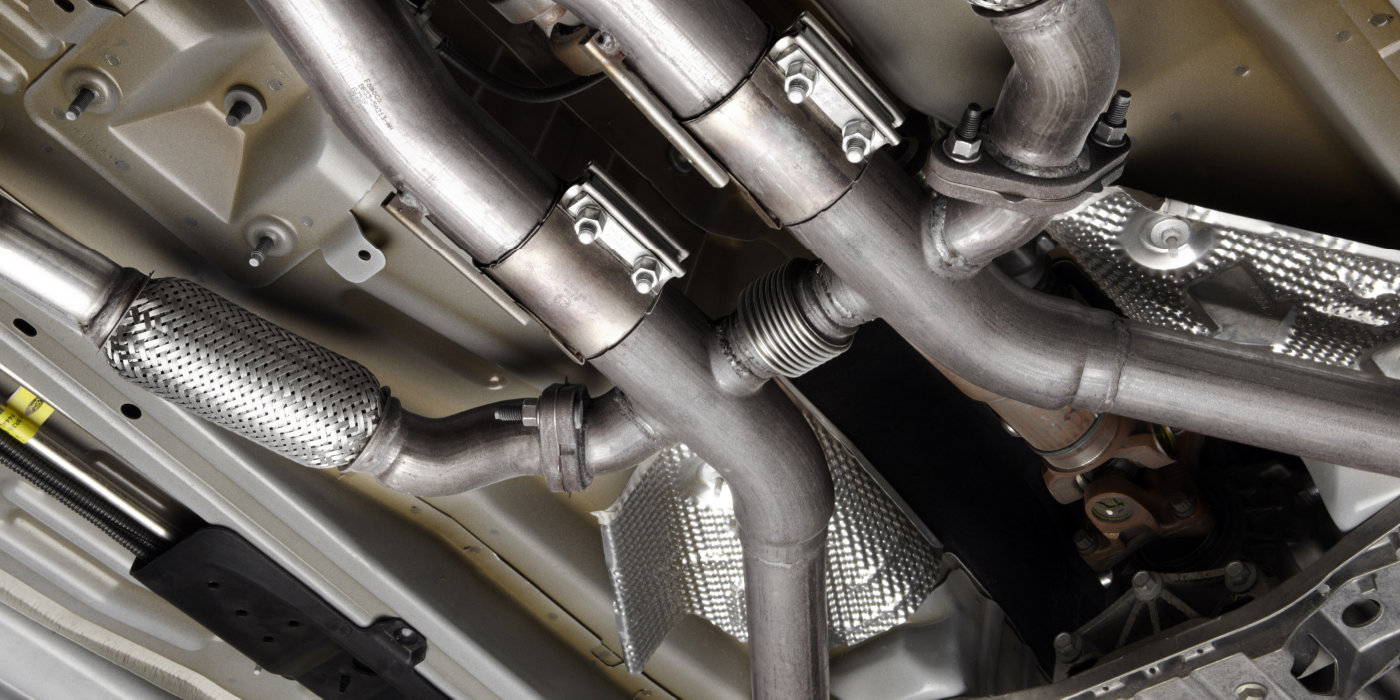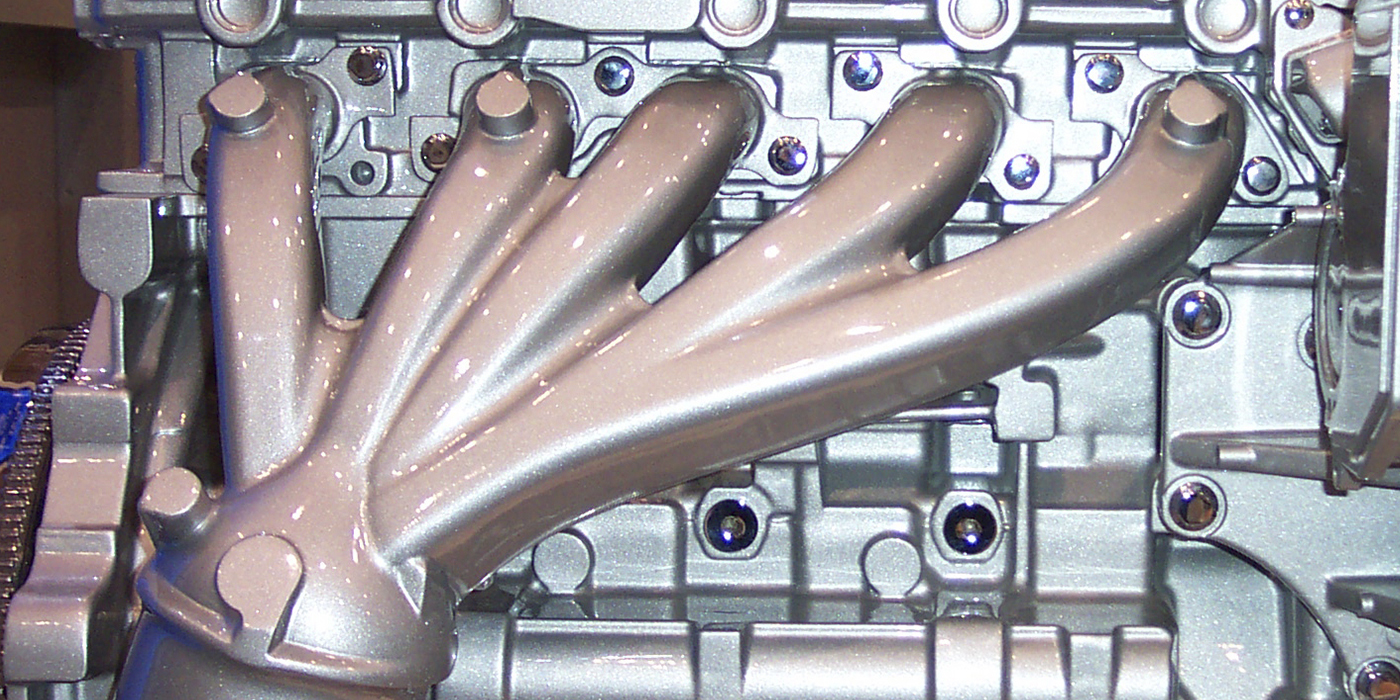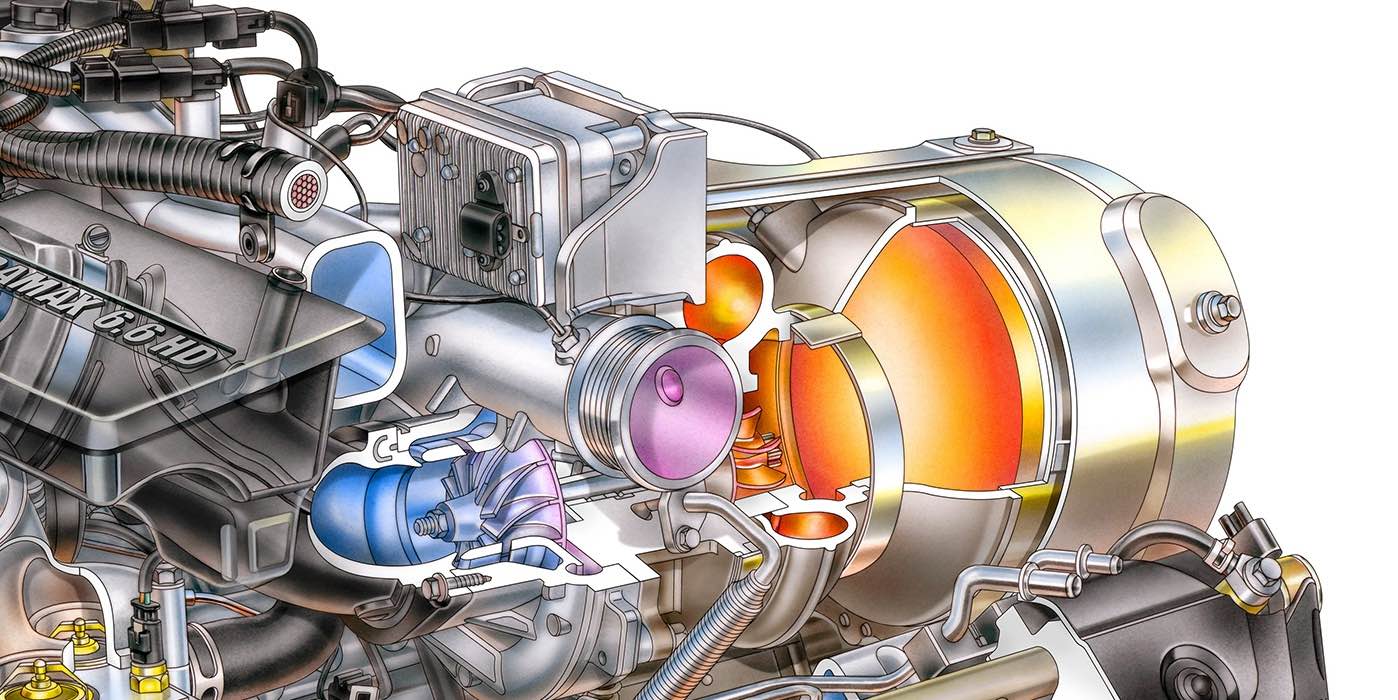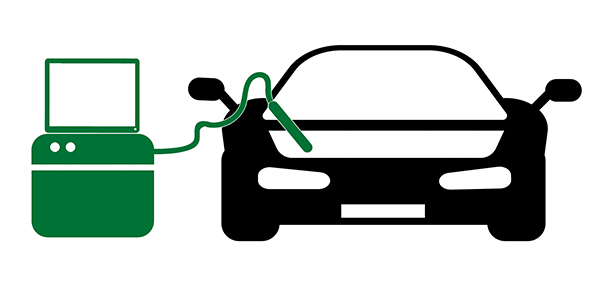
If you are the kind of technician who solves emission codes by replacing parts and hoping the check engine light does not come back on, this article is not for you. But, if you want to diagnose a emissions-related problem, confirm the fix, and know when the car leaves the shop the job will be completed, this article is for you.
The most important thing to remember is OBD stands for “on board diagnostics.” The “II” stands for the standardization of on-board diagnostics that happened in the early 1990s. In 1994, it is was mandated that all vehicles sold for the 1996 model year should be able to self-diagnose problems using generic protocols, codes and scan tools.
Part of the shift to OBDII was to simplify emissions testing at the state level. If OBDII did not happen, many states would have to invest in expensive dynos and test cells to make sure emissions systems on different makes and models were operating within manufacturer’s specifications. OBDII gave engineers, regulators, and technicians a common language to not only regulate emissions, but also fix them if there are problems. Over the years, this robust generic language of letters and numbers has been expanded to add new technologies like hybrids and diesel vehicles.
If you were to go back to 1994 and sit in on a committee working on SAE J2012 for OBDII, you’d know that the last thing they wanted was simply a code to be used for swapping emission-related parts.
Other SAE standards were introduced that added grammar to the OBDII language to set conditions for the codes to be set – these are called monitors. For a code to be set, specific criteria must be met or an event must have happened. For the code to go away, other specific criteria must be met and certain events must be eliminated. This is the job of the monitors.
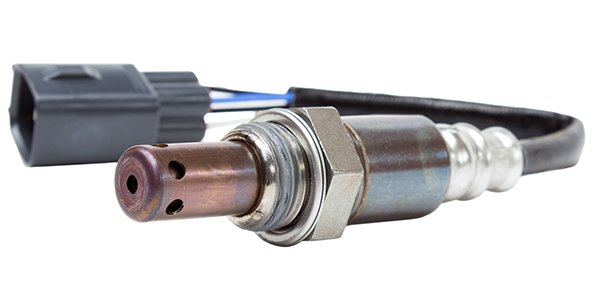
OBD II Emissions Testing: Is It Ready?
One of the EPA requirements for using a plug-in OBD II check instead of a tailpipe test is to make sure the OBD II system is ready and has run its system monitors. Some vehicles have readiness issues when it comes to setting all the OBD II monitors.
When OBD II runs a self-check on a particular component or system, it lets you know by setting readiness flags, which are displayed on your code reader or scan tool. If OBD II has run all the available monitors and finds no faults, the MIL remains out, and the vehicle passes the emissions test. But if all the required monitors have not run, the vehicle can’t be given an OBD II test. The motorist must drive the vehicle and come back again or take a tailpipe test if that is an option.
If OBD II detects a fault when running a monitor, the setting of a code may prevent the remaining monitors from running. A bad or slow oxygen sensor, for example, will prevent the catalyst monitor from running. Getting all the monitors to run can be tricky on some vehicles. Each monitor has specific operating requirements that must take place before the self-check will run.
To set the converter monitor, for example, the vehicle may have to be driven a certain distance at a variety of different speeds. The requirements for the various monitors can vary considerably from one vehicle manufacturer to another, so there is no “universal” drive cycle that will guarantee all the monitors will be set and ready.
Some vehicles require very specific drive cycles to activate certain self-checks like the catalyst and EVAP monitors. If you are checking an OBD II system and discover that one or more of the monitors have not run, it may be necessary to test drive the vehicle to set the remaining monitors.
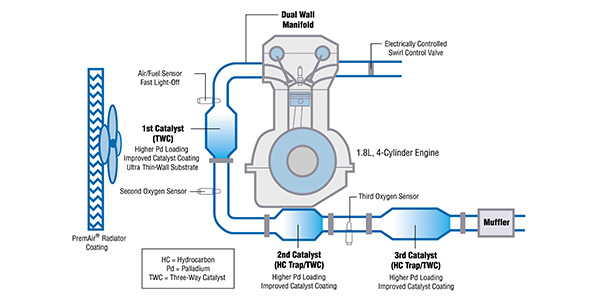
An OBD II drive cycle is not just turning the ignition key on and off or starting the engine. A drive cycle requires starting a cold engine and driving the vehicle until the engine reaches normal operating temperature. The next drive cycle doesn’t begin until the engine has been shut off, allowed to cool back down and is restarted again.
On some vehicles, the drive cycle also includes the cold soak time between trips. On some vehicles, the EVAP monitor won’t run unless the vehicle has not been run for eight hours. There is no way to bypass or get around such requirements, so you have to do whatever the system requires. And if that means waiting, you have to wait.
Other faults can cause a monitor from completing. A faulty transmission shift position sensor can prevent the EVAP monitor from running. Also, communication issues that prevent the modules that share vehicle speed can also prevent a monitor from completing.

Scan Tools
The right scan tool can be a Swiss Army Knife of functionality when trying to reset monitors or at least confirm the conditions that set the code are no longer present. Some information and tests can be done using global OBDII.
Some scan tools access certain OBD II modes in the global mode. These modes include:
Mode $01: Used to identify what powertrain information is available to the scan tool.
Mode $02: Displays freeze-frame data.
Mode $03: Lists the emission-related “confirmed” DTCs stored. It displays exact numeric, four-digit codes identifying the faults.
Mode $05: Displays the oxygen sensor monitor screen and the tests.
Mode $06: This type of information is a request for On-Board Monitoring Test Results for Continuously and Non-Continuously Monitored Systems. There is typically a minimum value, a maximum value and a current value for each non-continuous monitor.
Mode $07: In this mode, the scan tool sends a request for emissions-related DTCs detected during the current or last completed driving cycle. It enables the external test equipment to obtain “pending” DTCs detected during the current or previous completed driving cycle for emissions-related components/systems. This is used after a vehicle repair, and after clearing diagnostic information to see test results after a single driving cycle to determine if the repair has fixed the problem.
On some scan tools the information might be difficult to decipher, while some scan tools make the information easy to interpret. For example, Mode $05 and $06 can be critical for looking at the voltages coming from the oxygen sensors and see the switching of sensors and if the ECU is actively controlling the fuel trim.
When you are looking for your next scan tool, the functionality of global mode should be at the top of your buying criteria. Even if the scan tool promises the latest coverage, the global OBD mode can be more versatile in curing emissions codes and resetting monitors.


